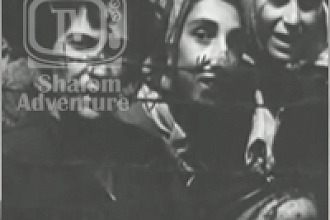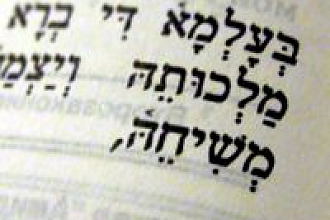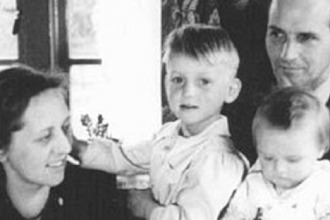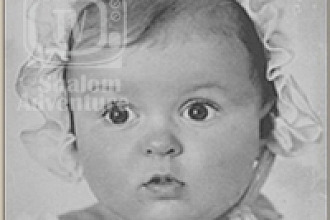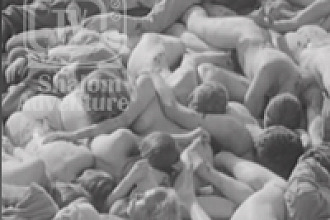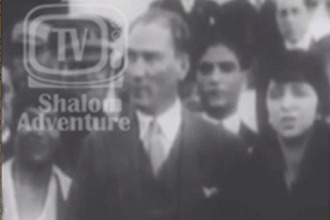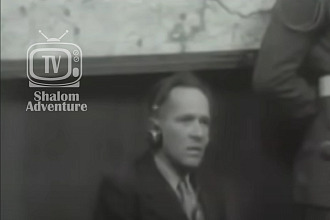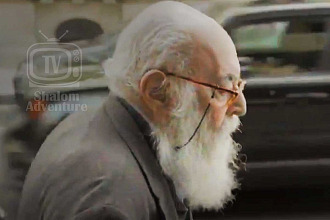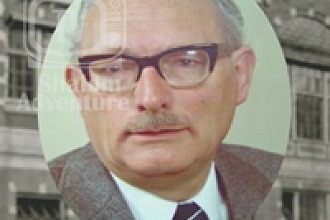Not since 1938 had anyone in Nazi Germany dared to hold a Seder, the traditional religious feast marking the beginning of Passover, a Jewish holiday celebrating the Hebrews’ liberation from slavery in Egypt.
For Jews in Adolf Hitler’s Germany, observing Passover was to risk persecution and death.
By March 1945, though, fast-moving Allied armies had entered Germany on their way to Berlin. Among those fight¬ing to defeat the Nazi regime were many Jewish-American servicemen. To meet their spiritual needs, the U.S. Army com¬missioned a number of rabbis as chaplains. Capt. Eli A. Bohnen, a military rabbi from Providence, R.I., served with the 42nd Infantry Division. Nicknamed the “Rainbow Division” for its color¬ful unit patch, this outfit had just seized the small town of Dahn, about 105 miles southwest of Frankfurt. After enduring weeks of constant combat, the soldiers of the Rainbow Division rested there for several days.
Bohnen saw this pause as an opportu¬nity to celebrate the Seder with his sol¬diers. He began by obtaining permis¬sion from Division Commander Maj. Gen. Harry Collins. Collins authorized Rabbi Bohnen’s cere¬monial meal in a meeting house once used for Nazi party ral¬lies. Chaplain’s Assistant Cpl. Eli Heimberg was responsible for obtaining the food and drink.
“The Seder was attended by over 1,500 soldiers,” Heimberg told the National Museum of American Jewish Military History in 2016. “Since fresh eggs and wine were two essentials to a ritual Seder, we had to travel back into France to get eight carts of eggs and cases of sweet wine. Supervising the preparation for the Seder meal were G.I. cooks who had the local citizenry waiting the tables and cleaning up.”
Essential to a proper Seder is the Haggadah, a prayer book written to help worshippers fully appreciate the service. But possession of a Haggadah (proper¬ly called “The Telling”) had long been banned throughout Germany. How was Bohnen going to obtain enough copies for over a thousand celebrants?
“Fortunately, we had one copy of a Haggadah,” he recalled. “We used the Division’s offset press to print portions of the Seder for the men. This ‘Rainbow Haggadah’ was the first Hebrew publica¬tion in Germany since the beginning of the war.”
Bohnen also explained how workers readied their printing press.
“The soldiers who did the actual print¬ing told us that when they had to clean the press before printing the Haggadah, the only rags available were some Nazi flags, which for once served a useful pur¬pose,” he said.
Wearing a tallis (prayer shawl) over his combat fatigues, Bohnen led this hastily-organized Seder on March 28, 1945. Jewish-American soldiers from the Rainbow Division and other U.S. Army outfits filled the meeting hall.
Afterward, Gen. Collins told attendees why the ceremony was so important.
“I am sure this Passover will live in your memories forever,” he said. “You celebrate it in Germany, the land in which Hitler said no Passover would be celebrated for at least a thousand years.”
Those soldiers who observed the Seder at Dahn would soon witness many unspeakable horrors in places like Dachau Concentration Camp. Yet the spiritual support offered them by chap¬lains such as Rabbi Eli Bohnen strength¬ened their faith and helped them win final victory over Nazi Germany.









